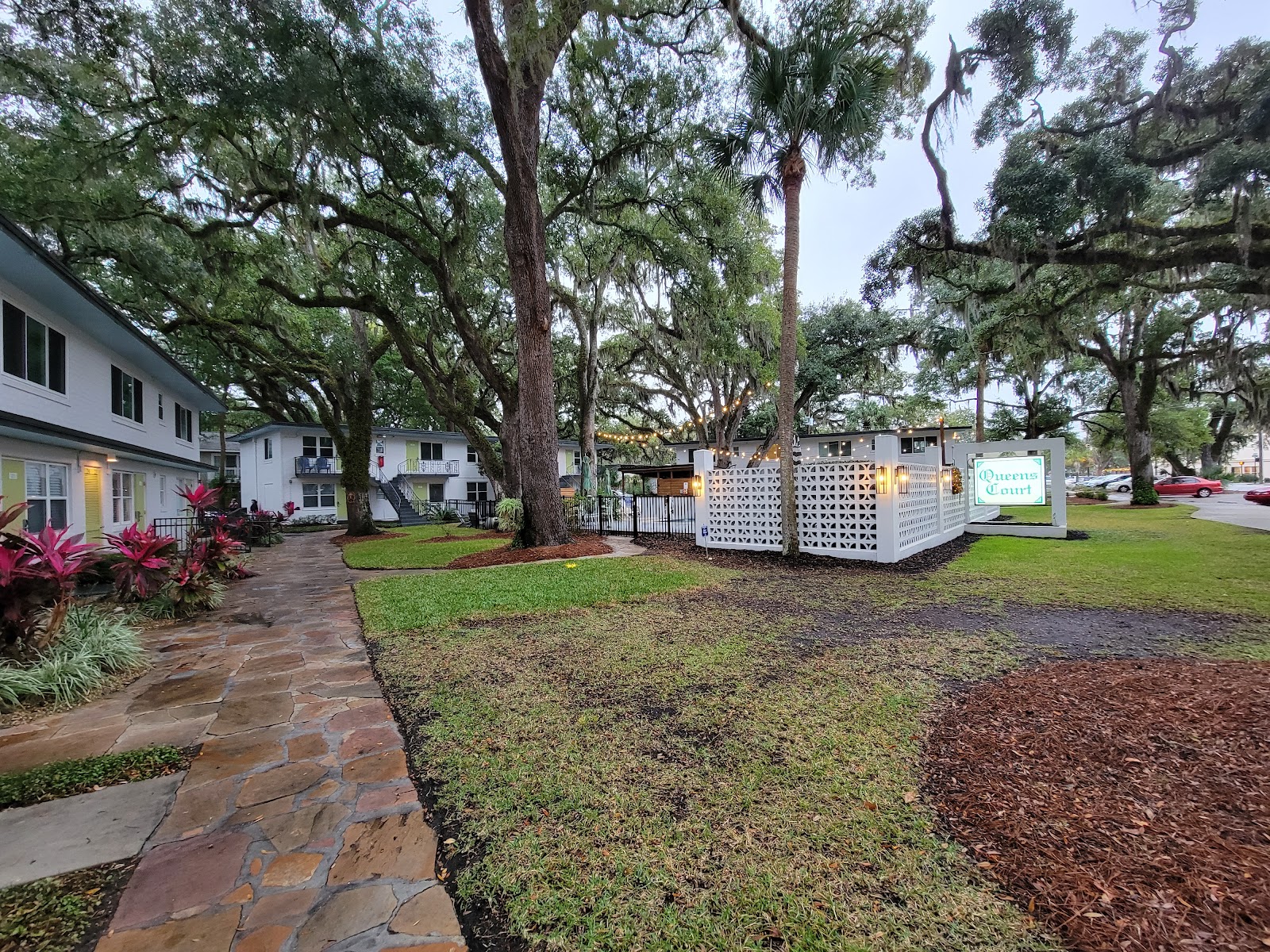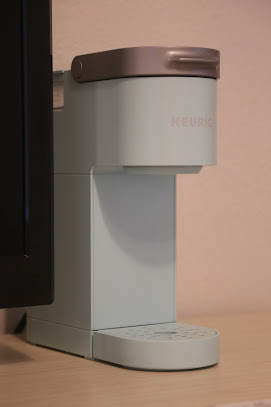Day 5
Tuesday, December 20, 2022
The weather guessers were calling for heavy rain overnight, and for the next two days. Temperatures were expected to drop twenty degrees as well. I kept thinking about all the folks arriving on Cumberland Island the day before who would be camping in it.
With no expectation of a sunrise, there was no reason to get up and out early. However, I did take a coffee and stop back at the riverfront for a little while.
I finally rolled out of St. Mary's, taking the slower, more scenic Hwy 17 Northbound.
The rain started up again just as I turned north, and was on and off all day. The first time I drove up this road, I passed the long abandoned Georgia Girl Drive in. The roof is long gone and the remaining walls crumbling. The sign, still standing.
On the approach to Brunswick, crossing the Sidney Lanier Bridge never gets old.
On the opposite side is where you find the turnoff for St. Simon's Island. I spent a half day here the last time and enjoyed it. The original plan was to visit the Canon Point Wildlife Preserve and hit their trails. Obviously, that wasn't going to happen today.
Instead, I visited the World War II Homefront Museum. The museum is housed in what was once the Coast Guard facility. Inside is a fascinating history of the Brunswick area and it's part in the war.
When war was declared with Germany in December, 1941, Brunswick was already an established shipping port. In March, 1942, Brunswick Marine Construction Corporation was given a large government contract that would greatly expand its capabilities for the war.
Over the course of the war, the ship building facility would employ 16,000 people, working 24 hours a day. In two and a half years, they built and launched 198 ships, building six at a time.
The City of Brunswick has created Liberty Ship Park, just north of the Sidney Lanier Bridge. From the short pier, you can clearly see the six slips where the ships were built. They assembled the hulls and engines here.
Once that was finished, they were launched and moved just down river where the rest of the outfitting was completed.
Meanwhile, the German Navy had launched Operation Drumbeat. U-boats were sent to patrol off the American coast and sink merchant ships headed off to Britain. On the night of April 8, 1942 Captain Reinhard Hardegen was in command of U-123 and looking for ships. The bright moon easily outlined the tankers S.S. Oklahoma and the S.S. Esso Baton Rouge. Both ships were torpedoed and sunk, killing twenty-two crew members.
Both ships would be raised, towed into Brunswick for repairs and reenter the war. The Oklahoma was attacked again by U-boats four years later and sunk off the coast of Africa. The Esso Baton Rouge was also hit in another U-boat attack the next February, also off the coast of Africa.
With little resourced to stem the U-boat threat, local pilots began flying Civilian Air Patrols up and down the coast using their own planes. Most of the pilots were declared too old or unfit for active duty.
In August, 1942, the Navy took over the new airfleid on St. Simon's Island and turned it into a school for Navy fighter pilots. The pilots would also pick up some of the coastal patrols. Unlike the civilian planes, they would be armed with two bombs and a depth charge.
One month later, airships were added to the coastal defense. With their slower speed and ability to stay out for twelve hours at a time, they were the real deciding factor in cutting back the U-boat threat. They would shoot flares and drop dye markers while radioing the Navy pilots. Most submarines would quickly retreat once spotted. Consequently, the number of U-boat attacks dropped significantly.
Five months later, the Navy opened an advanced radar school to train operators not only how to look for enemy aircraft, but how to vector Allied aircraft to intercept them.
The rain had mostly stopped when I left the museum. So, I drove into downtown and ditched the can by Neptune Park, usually bustling with activity. Today, not so much.
No chance of sunset over the bridge today...
My home for the night was an interesting place called Queens Court Inn.
Even the appliances were retro...
After dinner at the Barrier Island Brewery, I did walk back out to the pier to shoot the Christmas lights.























No comments:
Post a Comment